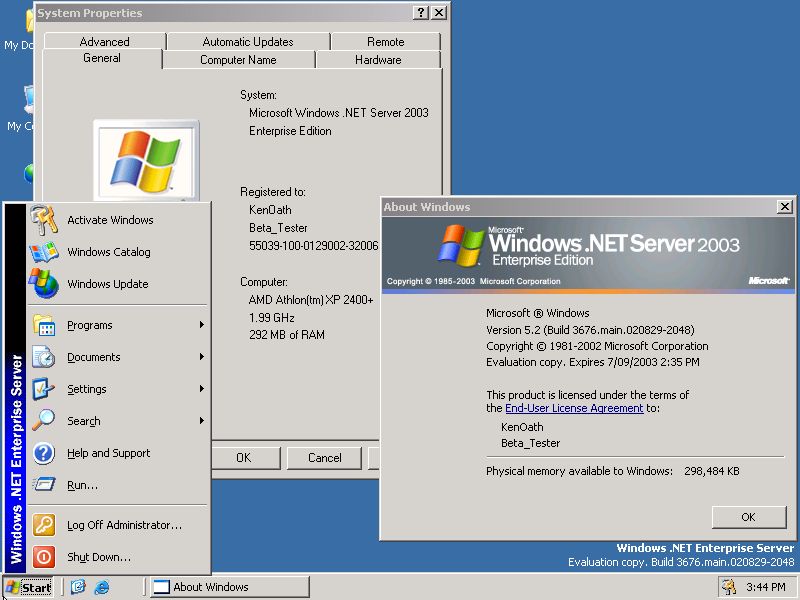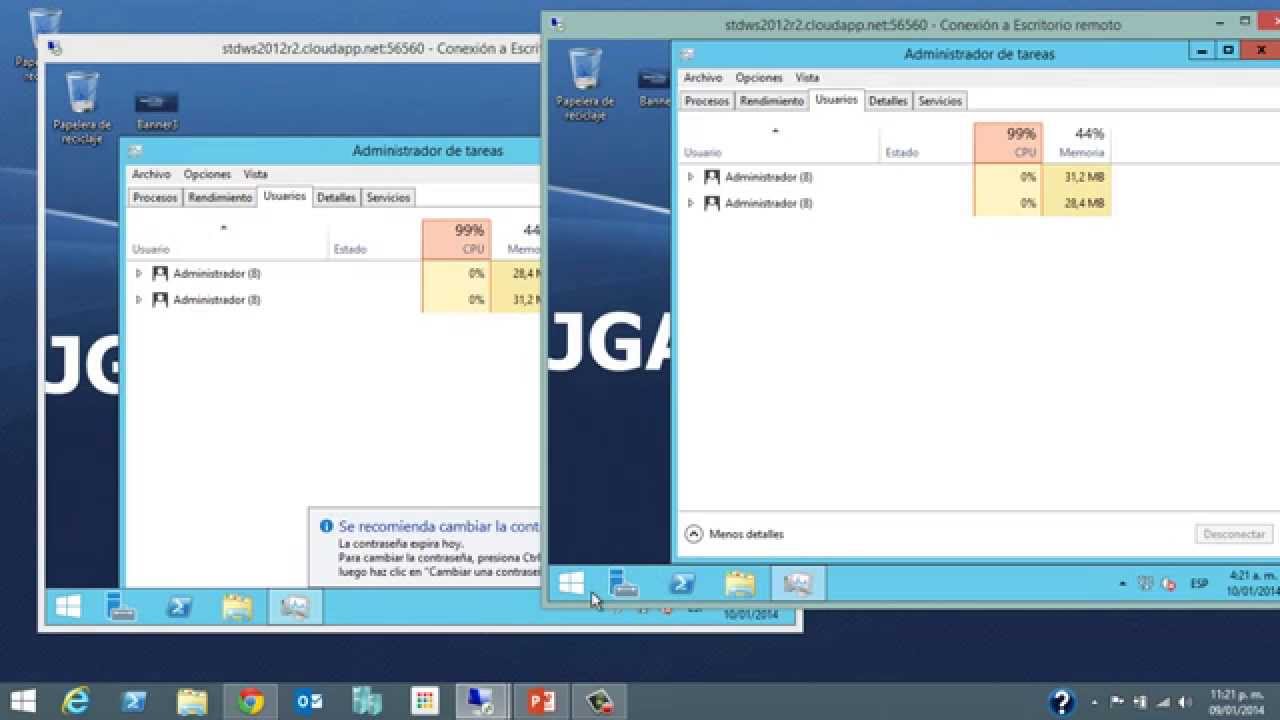


Terminal Server is the foundation for building an enterprise-wide, server-based computing platform, and includes significant enhancements in Windows Server 2003.Įnterprises need the ability to scale-up and scale-out. Terminal Server helps users become more productive by enabling access to current applications on any device-including under-powered hardware and non-Windows desktops.Īnd because Terminal Server lets you use Windows anywhere, you can take advantage of extra processing capabilities from newer, lighter-weight devices such as the Pocket PC. Using Terminal Server to run an application over bandwidth-constrained connections, such as dial-up or shared WAN links, is very effective for remotely accessing and manipulating large amounts of data because only a screen view of the data is transmitted, rather than the data itself. Terminal Server considerably reduces the amount of network bandwidth required to access data remotely. When an application is managed on Terminal Server, and not on each device, administrators can be certain that users are running the latest version of the application. Terminal Server is great for rapidly deploying Windows-based applications to computing devices across an enterprise-especially applications that are frequently updated, infrequently used, or hard to manage. Rapid, Centralized Deployment of Applications It also has the ability to remote the actual console session of the server. Windows 2000 Terminal Services remote administration mode is called "Remote Desktop for Administration" in Windows Server 2003, and supports the Remote Desktop Protocol (RDP) 5.1 feature set. Users see only their own individual sessions, which are managed transparently by the server operating system, and remain independent of any other client session.


When users run an application on Terminal Server, the application execution takes place on the server, and only keyboard, mouse and display information is transmitted over the network. Terminal Server can enhance an enterprise's software deployment capabilities for a variety of scenarios that remain difficult to solve using traditional application distribution technologies. Terminal Server lets you deliver Windows-based applications, or the Windows desktop itself, to virtually any computing device-including those that cannot run Windows. The Terminal Server component of Windows Server 2003 builds on the solid foundation provided by the application server mode in Windows 2000 Terminal Services. The official marketing text of Microsoft Windows Terminal Server 2003 CAL 20 license(s) as supplied by the manufacturer


 0 kommentar(er)
0 kommentar(er)
